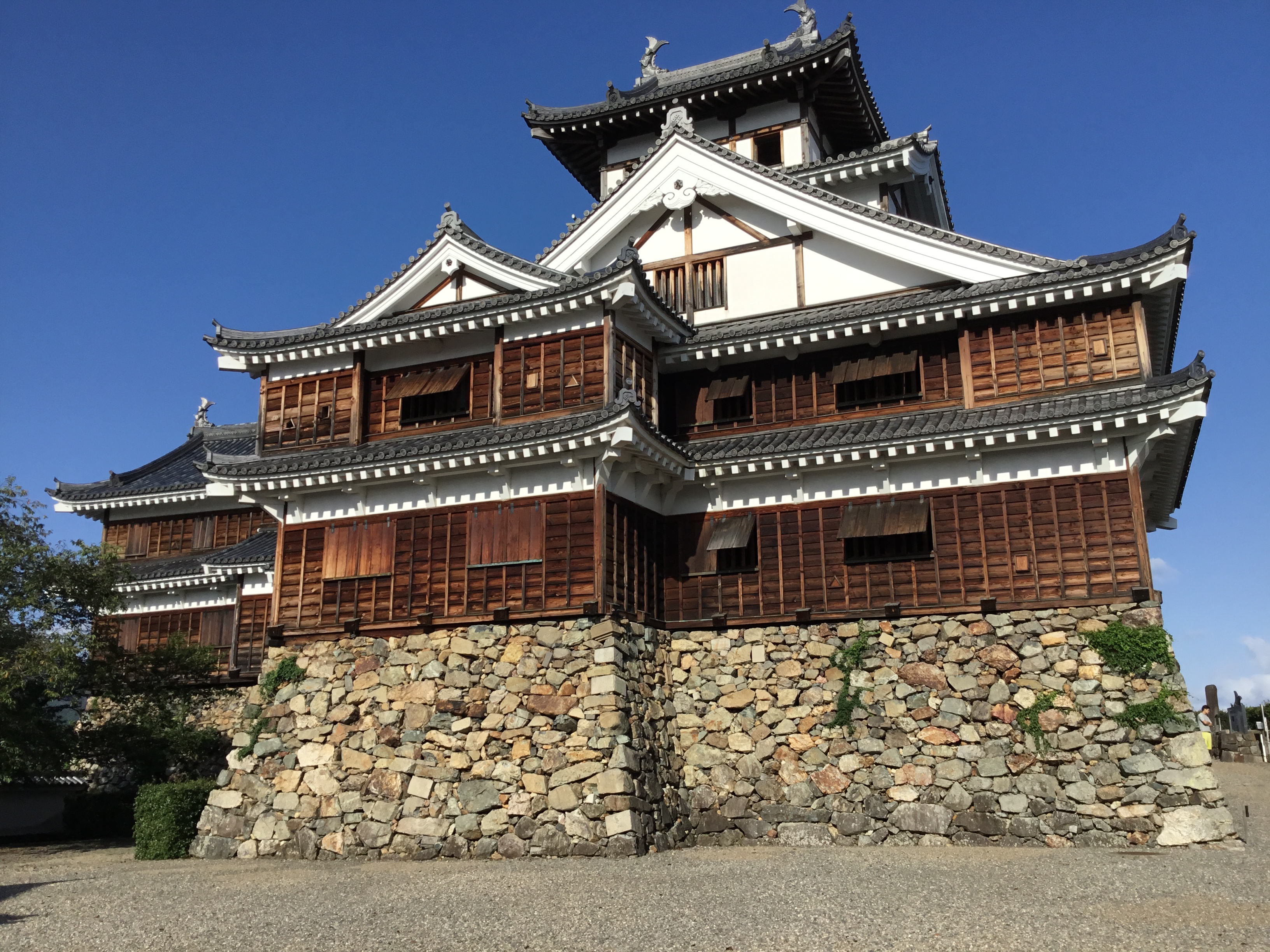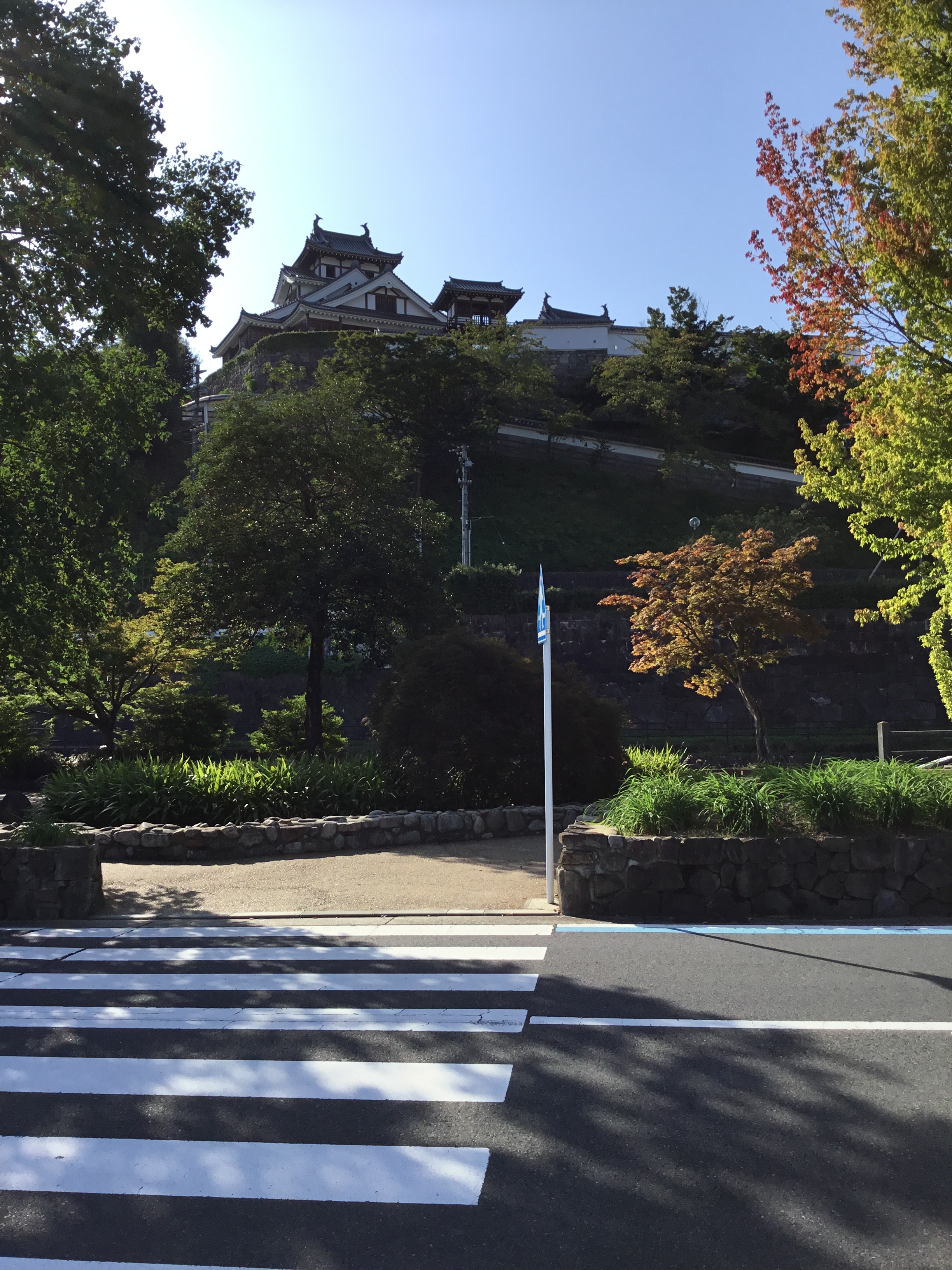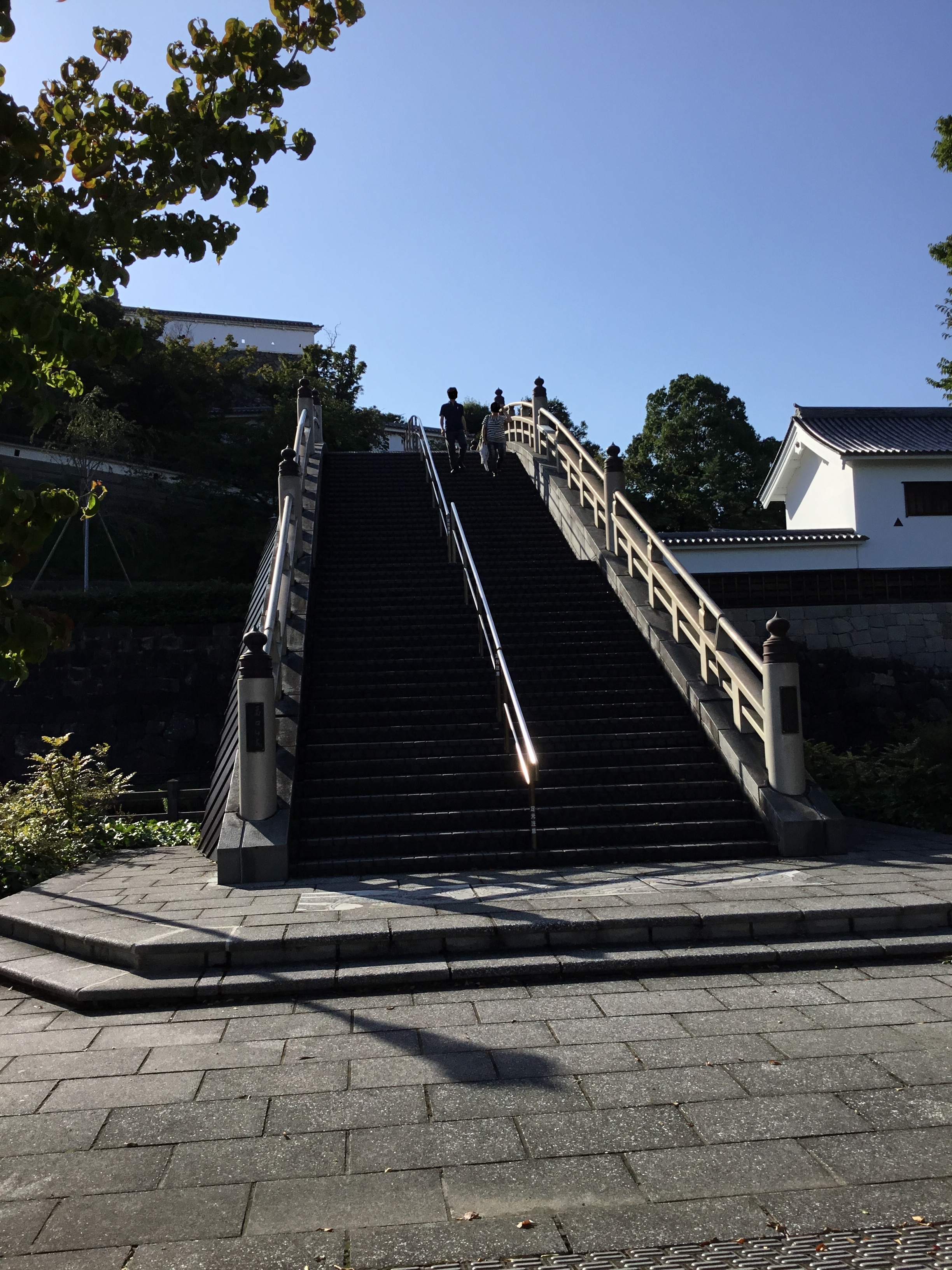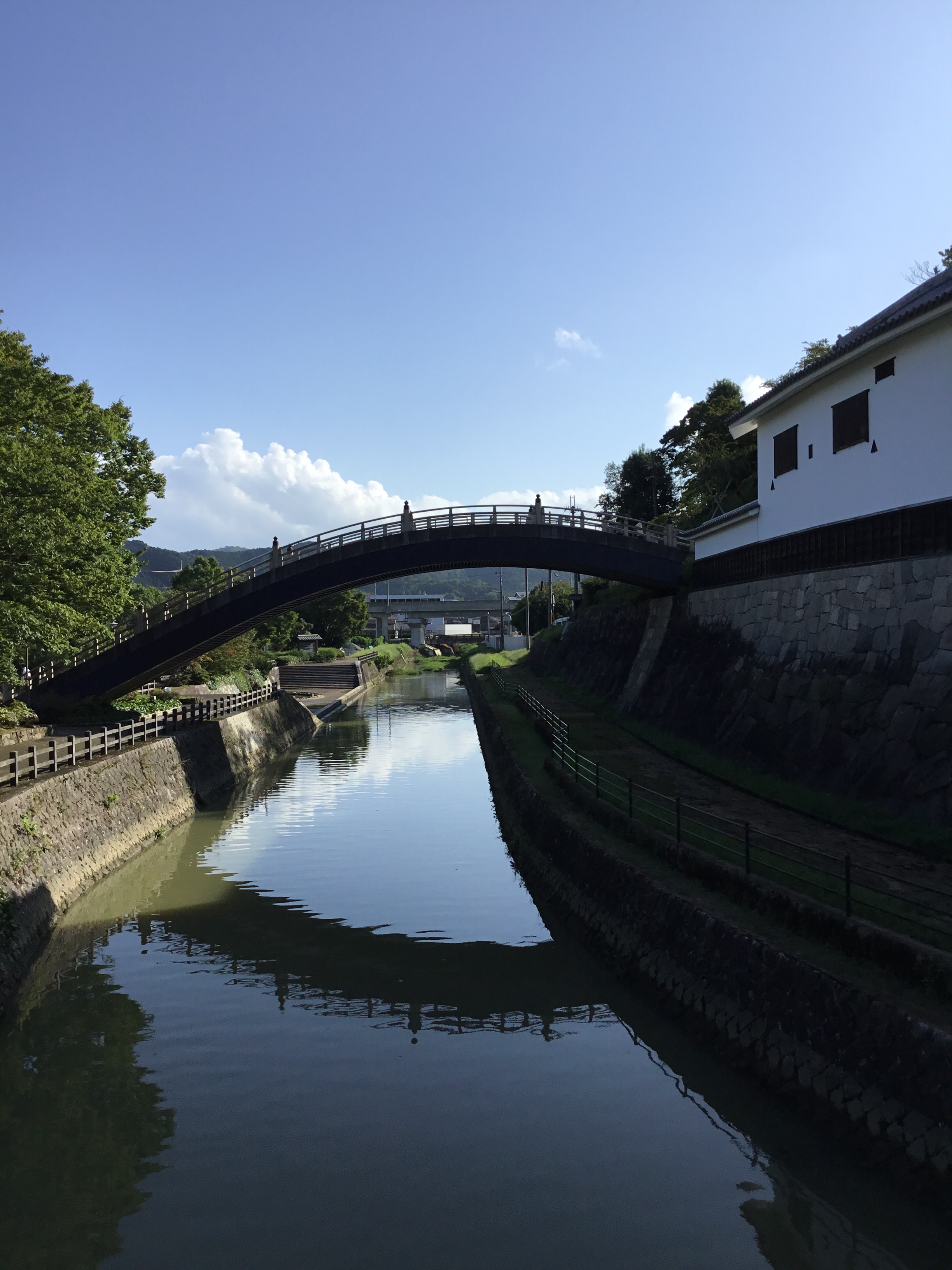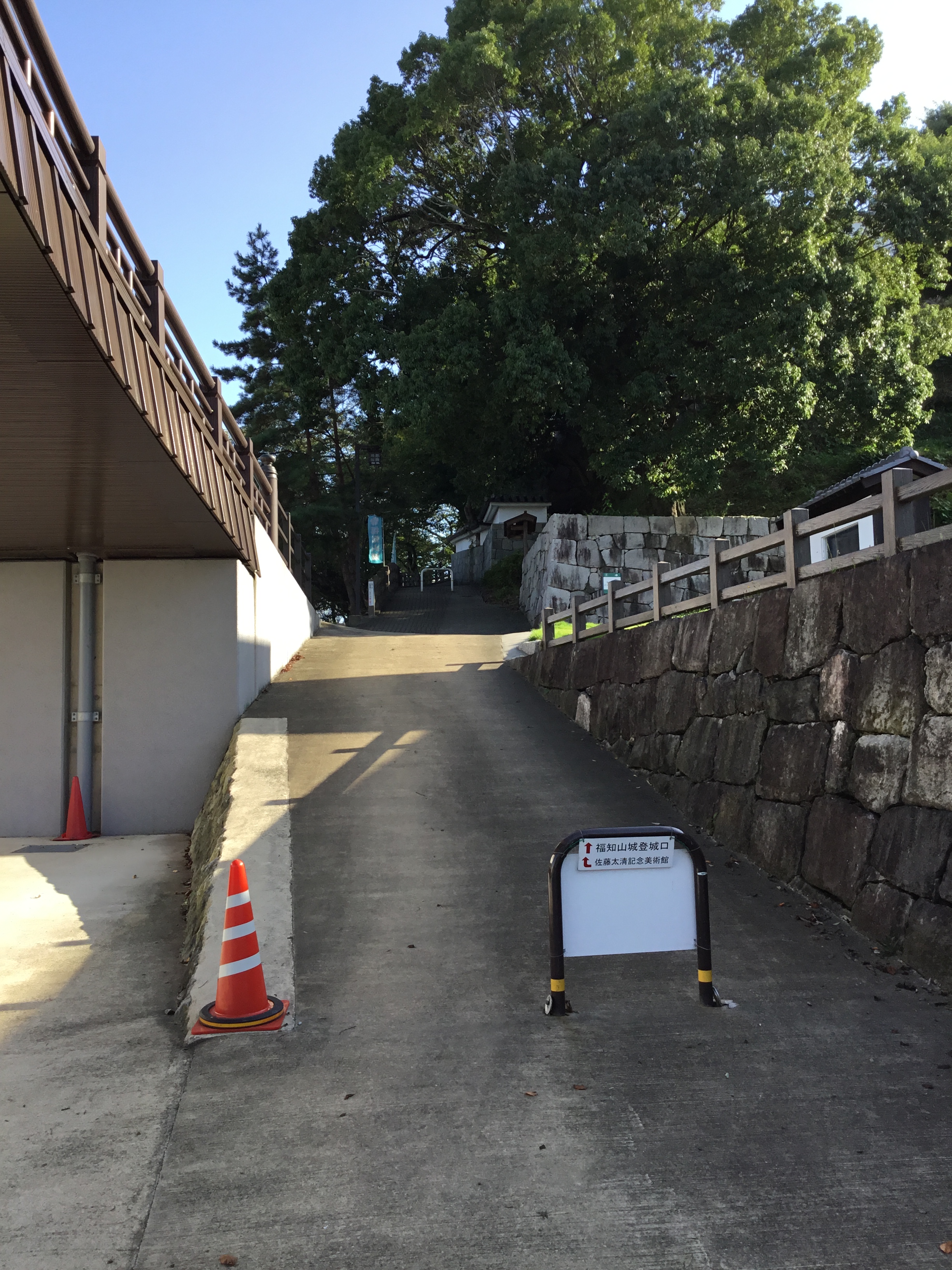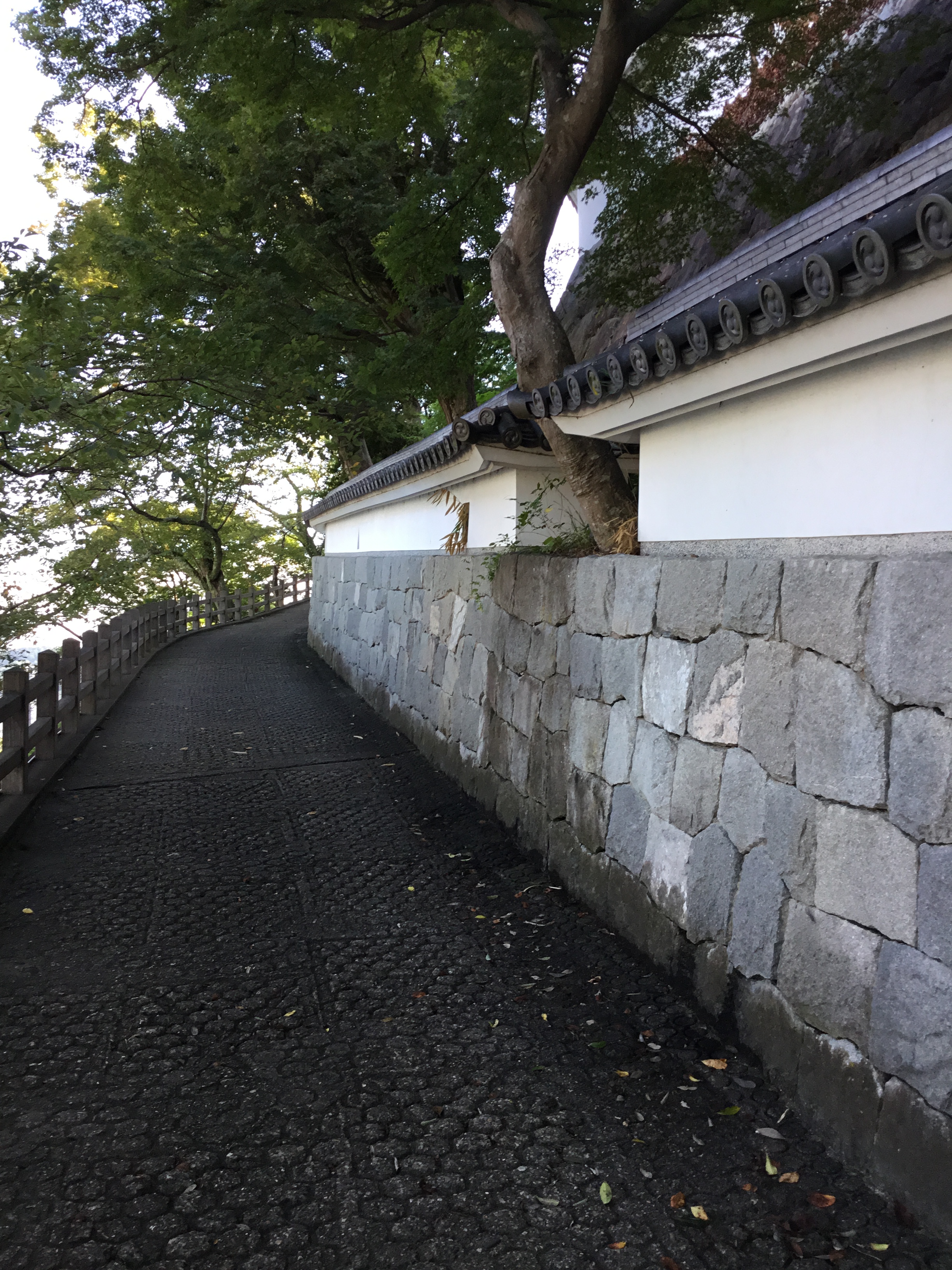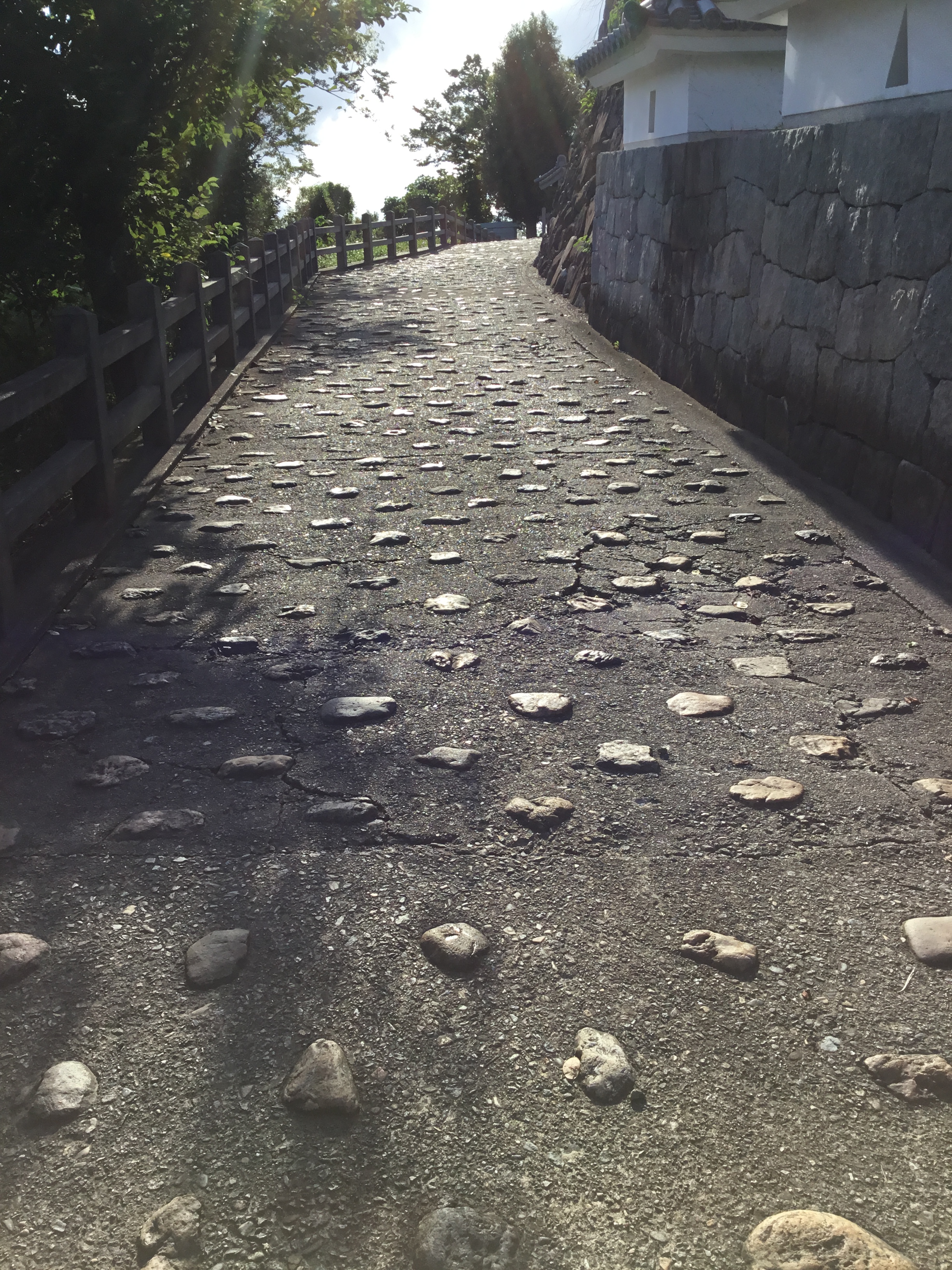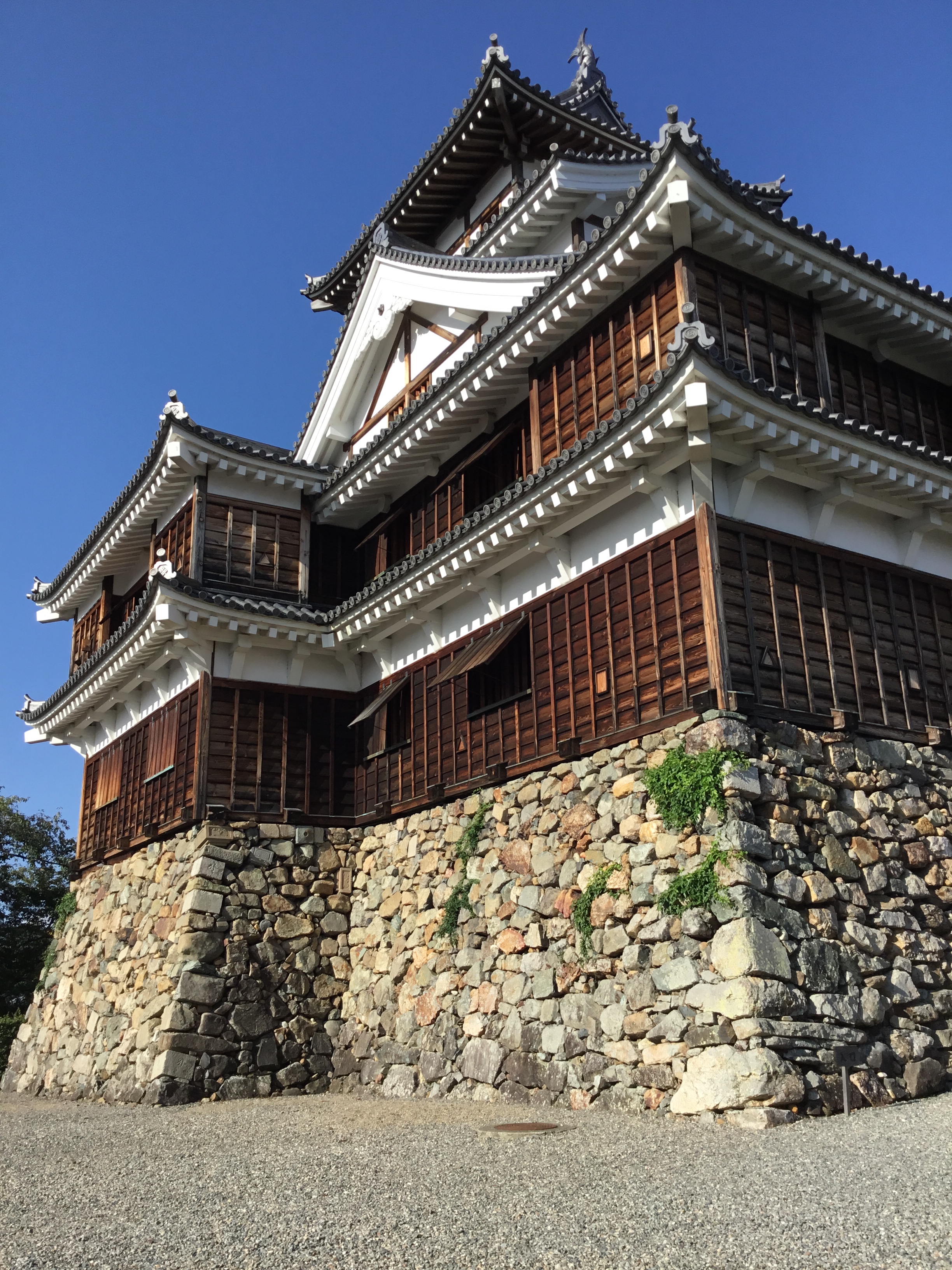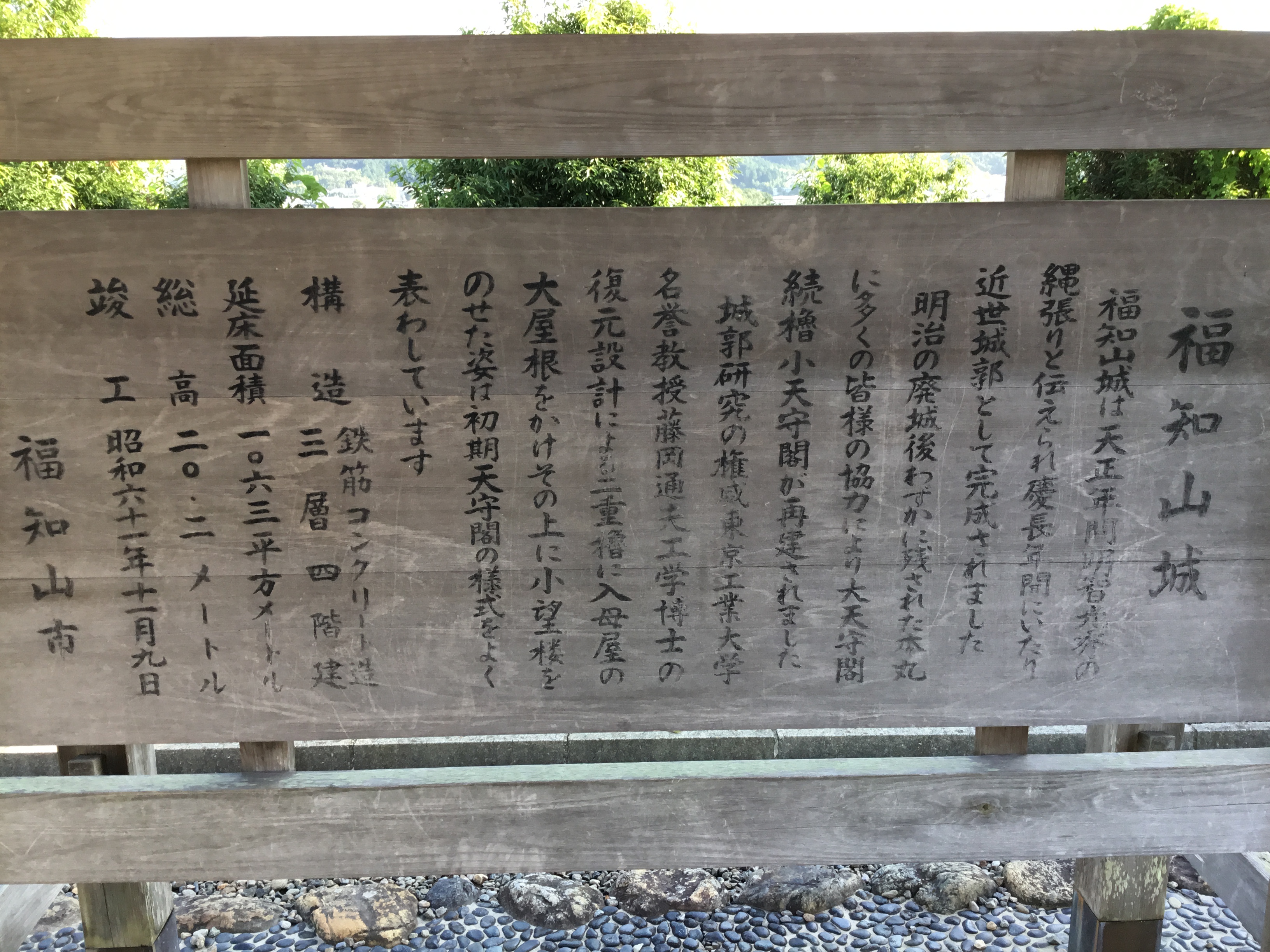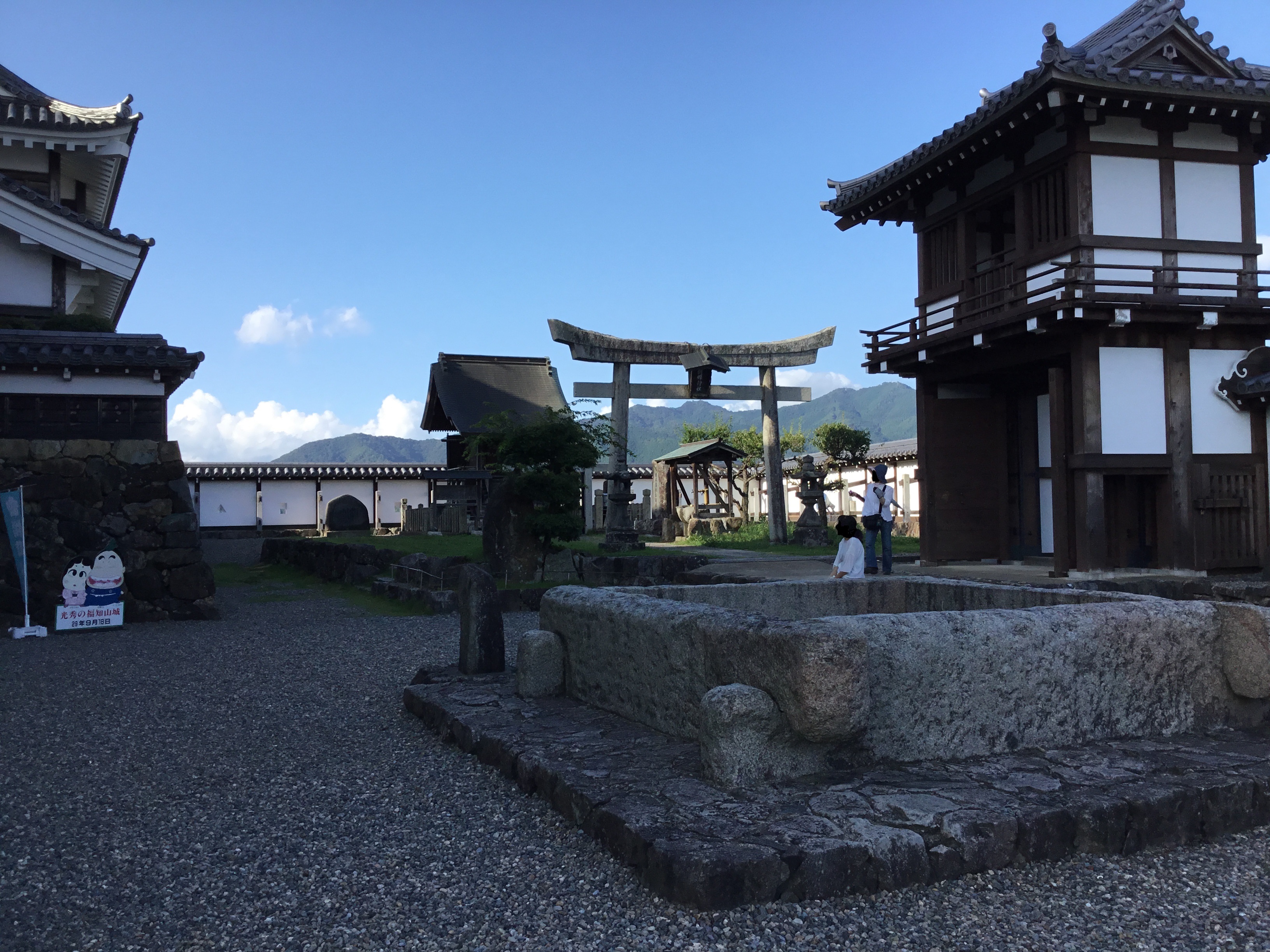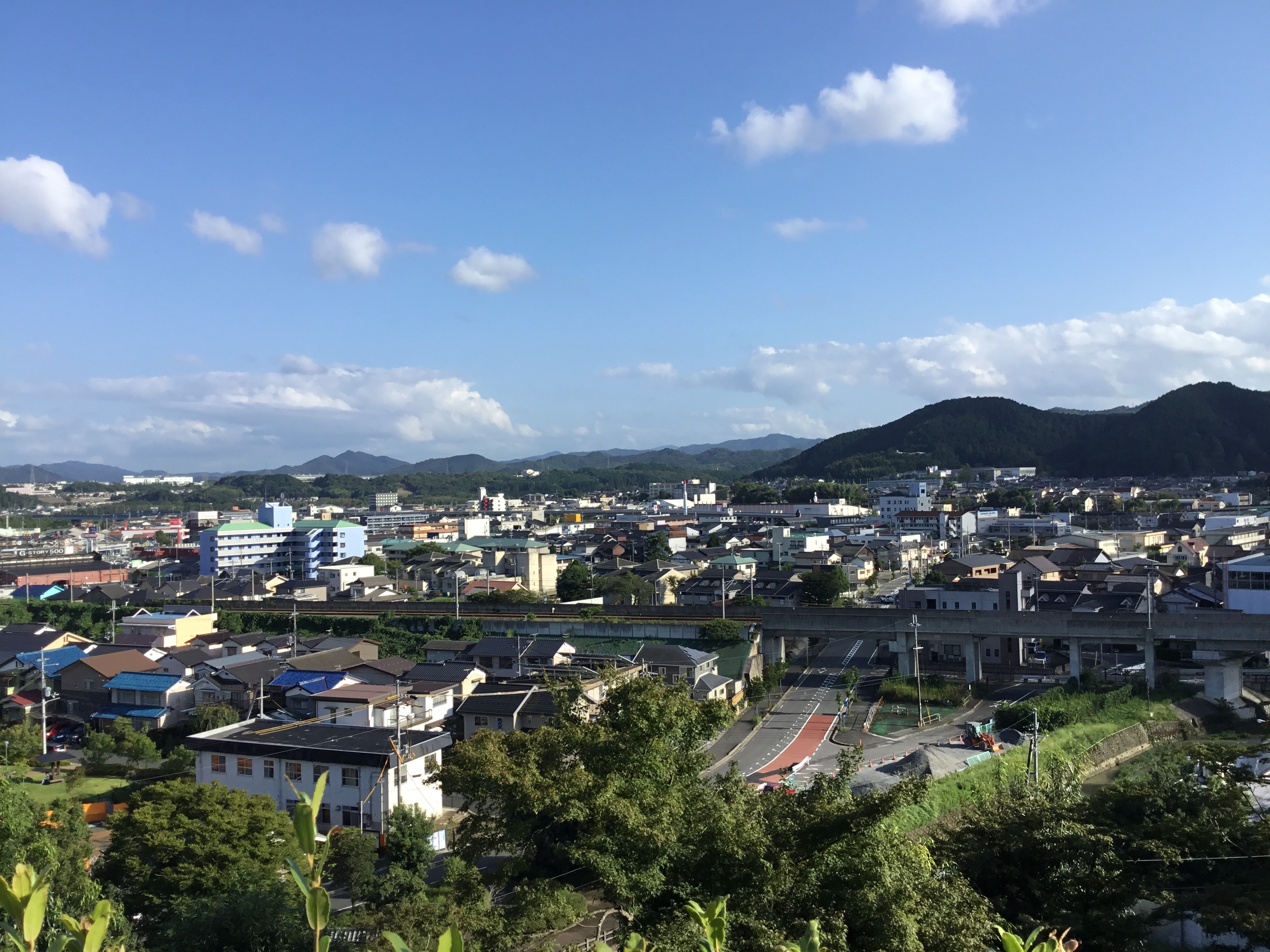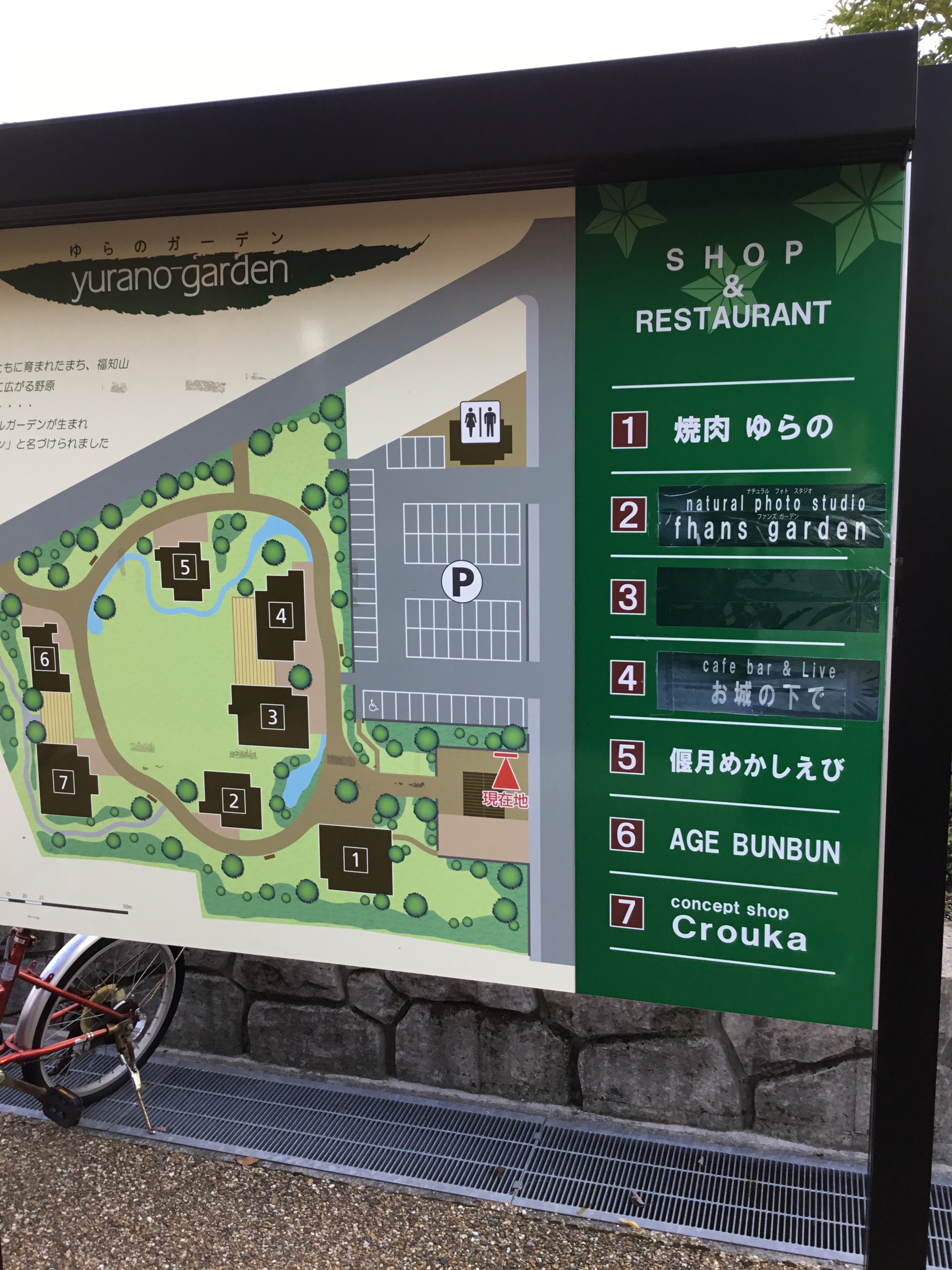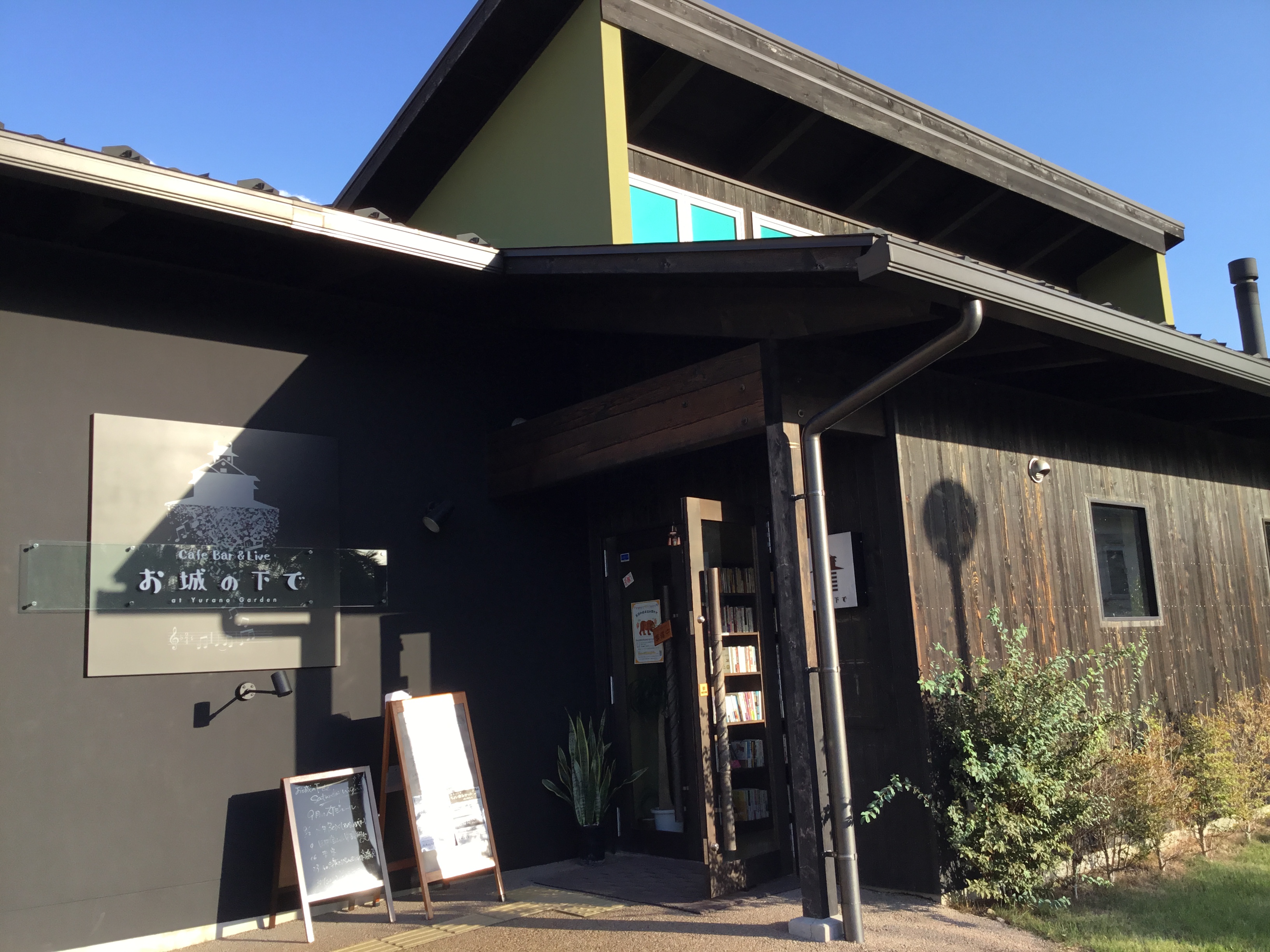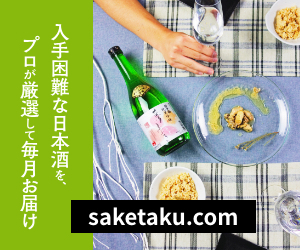- Home
- My Trip Diary
- Fukuchiyama Castle of Mitsuhide Akechi – Where his life remains
Fukuchiyama Castle of Mitsuhide Akechi – Where his life remains
- 2018/8/18

Good day!
Thank you very much for visiting this blog.
Today is about Fukuchiyama continued from the last time.
Contents
From Miyazu to Fukuchiyama
I got off the sightseeing boat which I took from the land of Amano Hashidate.
I walked around Amano Hashidate Station for a little, and then went back to my car to go to Fukuchiyama.
Before arriving in Fukuchiyama, I thought that it would be nice to visit Miyazu’s local brewer, “Hakurei Shuzo”.
I drove in the city of Miyazu for a while, but I couldn’t find it.
I was also going to visit Miyazu Castle. I couldn’t reach it either, so I gave up and headed for Fukuchiyama as the original plan.
Kyoto Jukan Highway was closed because of a heavy rain when I came.
It had been a while since then, so I thought that it should’ve opened by then. However, it was still closed.
It seemed that it wasn’t closed just for the rain, but also for some trouble which happened on the road due to the rain.
I didn’t have other choice than taking a local road to Maizu Ohe Interchange.
There were 2 routes; One was going back the way I came which was the longer way, and the other was a shortcut through a mountain trail.
All the routes which my car navigation chose were mountain roads.
I thought that it would be boring just to go back the way I came, so I chose the other way, the shortcut near Ohe Mountain on the Prefectural Route 9, and put it in the car navigation.
The route I chose was partly out of the main route and I went to narrow mountain roads.
This mountain roads were really rough.
It was only a width of one car, cliffs right next to the road, steep hills, water and mud coming out from the surface probably due to heavy rain ……etc.
Ummm…, I’m a good driver actually. I can go such a bad road even though I usually don’t drive cars. …… I drove down the mountain thinking about such things.
I could stop by Ohe Mountain which is famous for the legend of “Shuten Doji” easily from this route.
But I gave it up because I needed to finish Fukuchiyama on that day considering the whole schedule.
Arrived at Fukuchiyama
On this trip, I visited Amano Hashidate first.
However, my main purpose of this trip was actually here, Fukuchiyama and Fukuchiyama Castle.
My encounter with Fukuchiyama was like this.
I changed my smartphone in May, and I got a tablet PC for the first time at the same time.
It included a content of free online magazine browser, and I found a magazine called “Rekishi Jin (History Person)” on the service.
I had a look at it, and there was an article about a famous Samurai, Mitsuhide Akechi, and Fukuchiyama, which tells the influence of Mitsuhide’s good government has existed there. This is what made me plan this trip.
Amano Hashidate in the last blog and “Takeda Castle” in the next one were also interesting places which I could visit on the route to Fukuchiyama.
I planned to visit all of them, so I put Takeda Castle in the next morning and sightseeing in Osaka in the afternoon (It doesn’t look so hard when you see the map, but doing it is actually nearly crazy).
Therefore, that day was the only chance to visit Fukuchiyama, and that’s why I skipped Ohe Mountain.
I entered Kyoto Jukan Highway from Maizuru Ohe Interchange, and changed the road to Maizuru Wakasa Highway in Ayabe City.
Fukuchiyama was not so far from that point.
I got off the highway at Fukuchiyama Interchange and drove toward the town, and Fukuchiyama Castle appeared after a while.
There were free public parking areas for visitors beneath the castle, so I parked my car there.
This photo below is the view of Fukuchiyama Castle from the east side near the parking area.
There was a river from the east of this point and to the north.
Where the main tower of the castle locates was a slight hill, while other area was flat.
I walked to the north where the entrance was, and
A steep, interesting bridge appeared Σ( ̄□ ̄ )!!
It was like this below when I saw it from the side.
It looks like a Japanese style-bridge in the paintings of Edo period, but I found it was made in the present times.
To see the stonewall in the right, the ground level of the castle’s property was higher than outside.
Added, the castle was built there in order to use the river as prevention of enemy approaching from this direction.
Building bridge over the river is nonsense.
So, it didn’t think that there was the bridge originally.
Fukuchiyama Castle
Seeing the bridge, I walked along the street for a while.
This is the present entrance of the Fukuchiyama Castle (the building at the left edge is a bridge, and it spans Prefectural Route 55 to the opposite side of this photo).
I went further on this street.
This Fukuchiyama Castle was built by Mitsuhide Akechi in 1579.
The property and the layout of the buildings haven’t changed since Akechi’s time.
It is smaller than other big castles which were built by Daimyo’s (feudal lord) with big economic power in the early Edo period such as Himeji Castle and Edo Castle.
The structure of Fukuchiyama Castle also looked simple compared to such bigger castles.
However, I could see that Fukuchiyama Castle was using the advantage of the natural geographical feature very well.
While the enemies went around the hill of the castle tower to break in, they could attack the intruders from the top.
This is where the intruders were attacked.
I came to a wider area after walking further.
I went further,
and reached the main tower (Tenshukaku).
Extant 12 Tenshu
This Tenshukaku (castle’s main tower) looked as if it has existed from the Edo period,
but as this board says, this Tenshukaku is a reconstructed Tenshu, and it’s actually made with reinforced concrete referring to historical records.
I might have already mentioned this some time before.
There are only 12 Tenshukaku which remain same as when they were originally built in the Edo period (Extant Tenshu) in Japan.
The 12 are;
1. Matsue Castle (Shimane Pref.)
2. Marugame Castle (Kagawa Pref.)
3. Matsuyama Castle (Ehime Pref.)
4. Uwajima Castle (Ehime Pref.)
5. Kochi Castle (Kochi Pref.)
6. Bicchu Matsuyama Castle (Okayama Pref.)
7. Himeji Castle (Hyogo Pref.)
8. Hikone Castle (Shiga Pref.)
9. Maruoka Castle (Fukui Pref.)
10. Inuyama Castle (Aichi Pref.)
11. Matsumoto Castle (Nagano Pref.)
12. Hirosaki Castle (Aomori Pref.)
Matsue, Himeji, Hikone, Inuyama, and Matsumoto are national treasures, and others are Japan’s important cultural properties.
Tenshukaku were high towers which were built on the higher ground, so they were often hit by thunder and burnt down.
Other than that, many Tenshukaku were lost by the end of the Edo period because of fires and earthquakes.
When the Meiji period came, the places where castles located were often perfect positions to place military posts and public offices, so many castles were destroyed.
In the Showa period, more Tenshukaku were burnt down because of the carpet bombing by U.S.A. in the war.
Among the 12 castles I listed above, the town of Himeji Castle (Himeji City) was also the target of bombing.
Miraculously the castle survived, and became Japan’s national treasure, and the world heritage.
The extant Tenshukaku are meaningful human’s heritage which were built to survive wars in the Sengoku period (civil wars period), and actually survived in the world war in the later time.
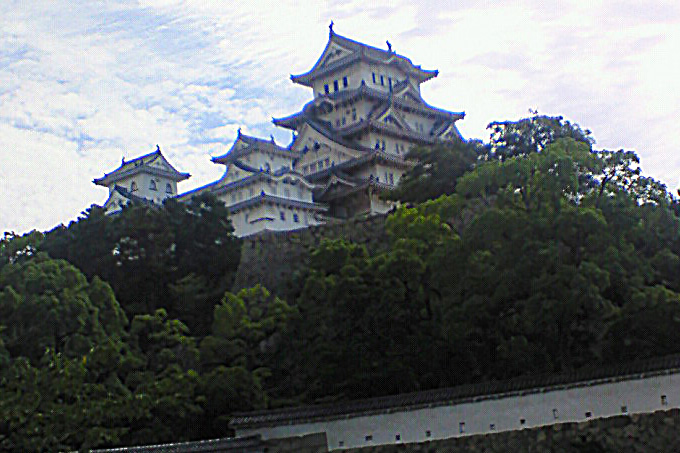
(Taken in 2009)
The original Tenshukaku of Fukuchiyama Castle was there until the Meiji period.
However, it was broken in 1873 after “Haihan Chiken” (the abolition of the old “Han (feudal domain)” system and starting prefecture system), and it was reconstructed later as it’s explained on the board in the previous photo.
“Reconstruction” might sound “less than original”.
But remaining original Tenshukaku is such a miracle and usually never to happen.
Meanwhile, reconstructing Tenshu needs a lot of effort to manage a huge cost for construction and to study and research carefully.
It also needs help and enthusiasm of the local people.
To think about it, I believe that Tenshukaku, no matter which original or reconstructed, is special thing.
Fukuchiyama Castle’s Honmaru and Tenshukaku
Well, I’ve been far from the topic. Let’s get back to it.
This Tenshukaku’s left side (west side) was a small open space, and this is where I took the first photo in this blog.
If you go to the right (east),
There are a well and a shrine, and a sign board at the left.
The name of the well is “Toyoiwanoi”.
This is 50m depth, and it’s the deepest well among those built in Honmaru (main palace) of castles in Japan.
The shrine is called “Asateru Shrine”.
Its enshrine deity is the first lord of Kutsuki family who ruled Fukuchiyama han and around for a long time in the Edo period, Kutsuki Tanetsuna.
This board was placed at the entrance of Tenshukaku. It promotes the activities to make Mitsuhide Akechi and his wife, Hiroko, featured in NHK TV drama.
Well, I don’t leave any comments about it now ^^;
(Fortunately, the press was released that the NHK TV drama starts in 2020!)
The inside of Tenshukaku was a museum that introduces Fukuchiyama in the Edo period.
There, old arms such as war helmets of Masamune Date(famous Darth Vader-like helmet with a long crescent. Yes, it is model of Vader’s mask) and Yukimura Sanada (a red helmet with antlers).
The top floor was an observatory, but photography was forbidden inside Tenshukaku.
Instead, I show you the view from Honmaru.
This is the southeast direction.
Mitsuhide’s life remains
After I looked around most of the area of the castle, I started to search restaurants which seemed to serve Nihonshu around Fukuchiyama Castle.
There was the city office near there, but I couldn’t find many restaurants.
At the next of the parking area at the east of the castle which I used,
There was a beautiful park called “Yurano Garden”.
I found a nice shop which looked nice in the scenery.
It might be difficult to do it because the surrounding area is residential area.
I thought that if there were more shops like this and Japanese traditional looking shops around the castle, there would be more entertainment for visitors.
Fukuchiyama Castle is much smaller than Edo, Osaka, and Himeji Castle.
Like a castle which was built in the middle of the age of civil wars, Fukuchiyama Castle seemed more practical and compact, and to have stronger defense.
I don’t know if it was really designed by Mitsuhide Akechi.
If it’s true, he should have been a gifted person to see the location of the castle and the layouts of turrets, walls, and paths.
In addition, the condition of the white stonewalls was very good.
As Mitsuhide Akechi started a good government in this place, the respect of the local people for Mitsuhide has been strong since old days.
People have protected Mitsuhide’s castle carefully, and that should be why the condition is still good.
I’d like to mention about this in the next blog again.
It is very natural that the people are trying to make Mitsuhide a hero in TV drama now.
A man who is loved by people for over 400 years.
When we hear the name of Mitsuhide, the word “Honnoji no Hen” (an incident that a daimyo Nobunaga Oda was forced to suicide by Mitsuhide at Honnoji Temple) comes next in mind, and Mitsuhide is often seen as a traitor.
However, while I was walking in his place, I felt that Mitsuhide had some strong and deep reason for his people why he had to bring down Nobunaga.
I stop here for this time, hoping that this mystery will be revealed some day
It's our great pleasure if this article is helpful for you.
Restaurant Information
| Shop Name | |
|---|---|
| Prefectures | - |
| Tel | |
| Address | |
| Nearest Station | |
| Homepage | - |
| Business Hours | - |
| Holiday | |
| Introduction | |
| Sake List |
|

